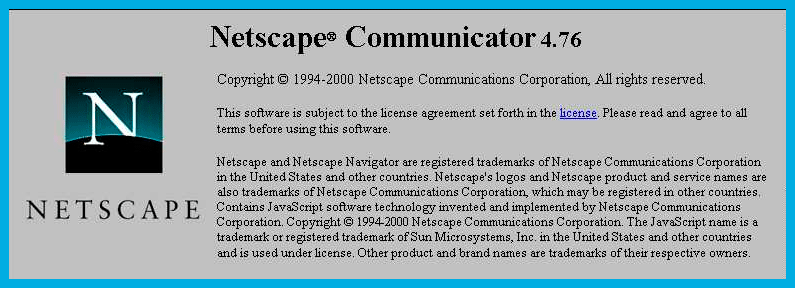Internet Explorer 4.0 vs. Netscape 4.0
Remember a distant past–maybe 1995 or so–when you used a Web browser to just browse the Web? Those days are long gone. Today’s Web browsers give you the tools and features to exploit the Internet as a useful communications medium. Features such as email, HTML authoring, and conferencing are all integrated into the current crop of browsers. They’re not just browsers anymore; they’ve become Web suites.
Of course, while the browser suites themselves have gotten bigger, the number of browsers has essentially shrunk to just two: Netscape Communicator 4.0 and Microsoft Internet Explorer 4.0 (although users of the nifty little Opera browser may beg to differ). While both companies conveniently continue to use the same version numbers, their products are diverging in many other areas.

For example, both new browsers support dynamic HTML, which lets Web developers create multimedia Web pages without resorting to plug-ins like Shockwave. Each browser supports the same basic functionality, based on the cascading style sheets (CSS) specification, but The World Wide Web Consortium (W3C) has yet to publish a standard for some of the most important pieces of dynamic HTML, such as how to move graphics or other objects around on a page. For now, the two browsers use different–and largely incompatible–techniques.
And even though your mother told you not to push, both browser manufacturers have ignored maternal advice and gone whole hog for push technology. The goal of push is to deliver the information you need when you need it, saving you the trouble of searching and clicking a thousand different hyperlinks. But once again, Netscape and Microsoft have different implementations that are substantially incompatible.
Do you sense a theme here? The consumer electronics arena settled the Beta vs. VHS debate long ago, but those of us on the Internet will have to suffer through yet another battle of incompatible technologies, leading to Web pages that work in only one browser or the other.
Thankfully, all is not lost. Both browsers have definitely improved Java performance, and both largely support the new Java 1.1 standard from Sun. Both have more capable email clients and newsreaders that support HTML-formatted messages. And the 4.0 browsers also offer improved interfaces that are more powerful yet simpler to navigate.
But which one is right for you? In a way, because the 4.0 browsers are so different from each other, the choice has become a bit easier than it was with the 3.0 versions. We, of course, have our choice, but you can also try our decision maker: just enter your own rankings, and see which browser is best for you. Or you can read on as we compare the 4.0 browsers head-to-head.
But which one is right for you? In a way, because the 4.0 browsers are so different from each other, the choice has become a bit easier than it was with the 3.0 versions. We, of course, have our choice, but you can also try our decision maker: just enter your own rankings, and see which browser is best for you. Or you can read on as we compare the 4.0 browsers head-to-head.


